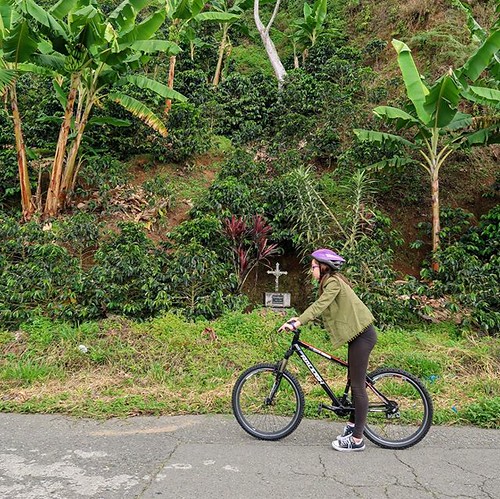Ators of transform are NDVI along with the active layer thickness. Keywords and phrases Alaska Toolik Climate transform Ecological effects Greenland Zackenberg Medium pass filter VegetationINTRODUCTION Climate warming T0901317 biological activity within the Arctic, substantial more than current decades and well-documented in IPCC reports (IPCC 2001, 2013), is reflected in adjustments within a wide variety of environmental and ecological measures. These illustrate convincingly that the Arctic is undergoing a system-wide response (ACIA 2005; Hinzman et al. 2005). The altering measures range from physical state variables, which include air temperature, permafrost temperature (Romanovsky et al. 2010), or the depth of seasonal thaw (Goulden et al. 1998),to alterations in ecological processes, for instance plant growth, which can result in modifications inside the state of ecosystem components for example plant biomass or modifications in ecosystem structure (Chapin et al. 2000; Sturm et al. 2001; Epstein et al. 2004). In spite on the substantial variety of environmental and ecological measurements produced over current decades, it has established tough to uncover statistically considerable trends in these measurements. This difficulty is triggered by the high annual and seasonal variability of warming inside the air temperature as well as the complexity of biological interactions. 1 option to the variability issue is to carry out long-term studies. These research are high priced to carry out inside the Arctic with all the outcome that quite a few detailed studies have been fairly short-term (e.g., the IBP Arctic projects in the U.S. and Canada), or happen to be long-term projects restricted in scope (e.g., the Sub-Arctic Stordalen project in Abisko, Sweden; Jonasson et al. 2012). At present, you’ll find but two projects underway that are both long-term and broad in scope: Toolik within the Low Arctic of northern Alaska and Zackenberg in the High Arctic of northeast Greenland (Fig. 1). Here we use information from these web pages to ask which kinds of measures basically yield statistically considerable trends of effects of climate warming Further, are there prevalent traits of these valuable measures that decrease variabilitySTUDY Web pages The Toolik project (Table 1) is positioned at the University of Alaska’s Toolik Field Station (TFS) some 125 km inland in the Arctic Ocean. The Long term Ecological Research (LTER)1 and associated projects at this web site havehttp:arc-lter.ecosystems.mbl.edu.The Author(s) 2017. This short article is published with open access at Springerlink.com www.kva.seenAmbio 2017, 46(Suppl. 1):S160SFig. 1 Location of Toolik, Alaska (68o380 N, 149o430 W) and Zackenberg, Greenland (74o300 N, 21o300 W), long-term arctic study sitesTable 1 Ecological settings for Toolik and Zackenberg analysis internet sites Toolik field station Location Inland, Northern Alaska 68o380 N, 149o430 W, 719 m altitude Physical Rolling foothills, Continuous permafrost (200 m), annual setting temperature -8 , summer season (mid-June to mid-August) 9 , annual precipitation 312 mm Ecology Tussock tundra (sedges, evergreen PubMed ID:http://www.ncbi.nlm.nih.gov/pubmed/21301389 and deciduous shrubs, forbs, mosses, and lichens). Low shrubs, birches, and willows grow in between tussocks and along water tracks and stream banks. Low Arctic LTER (Long-term Ecological Study), ITEX (International Tundra Experiment), NOAA’s Arctic System, CALM (Circumpolar Active Layer  Monitoring), and the TFS environmental monitoring program Zackenberg Coast, Northeast Greenland 74o300 N, 21o300 W, 0 m altitude Mountain valley, Continuous permafrost (estimated 20000 m), annual temperature -8 , summer time (three months) 4.five , an.
Monitoring), and the TFS environmental monitoring program Zackenberg Coast, Northeast Greenland 74o300 N, 21o300 W, 0 m altitude Mountain valley, Continuous permafrost (estimated 20000 m), annual temperature -8 , summer time (three months) 4.five , an.